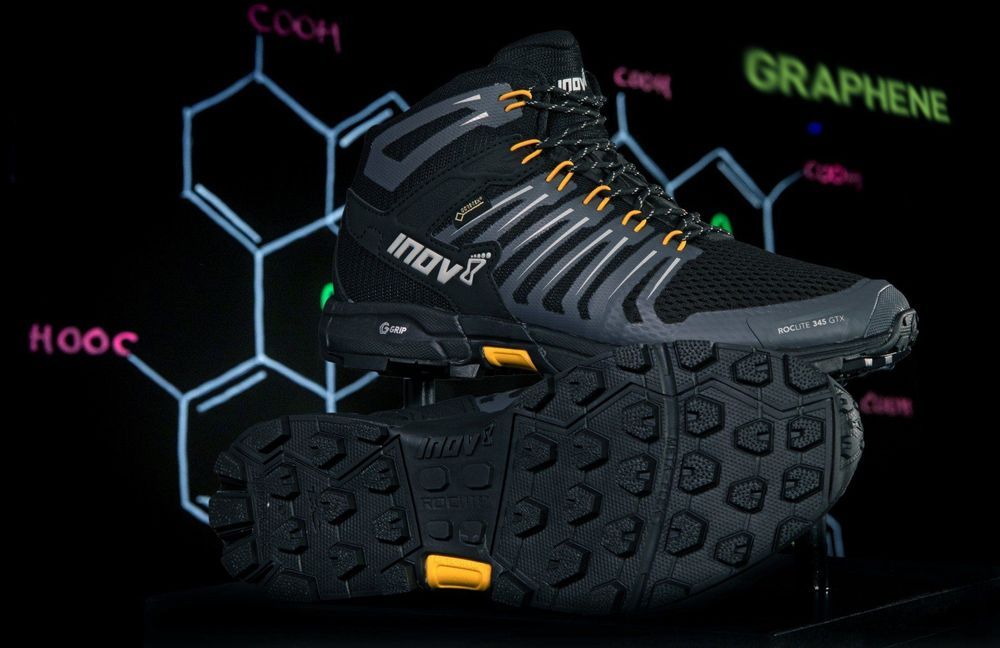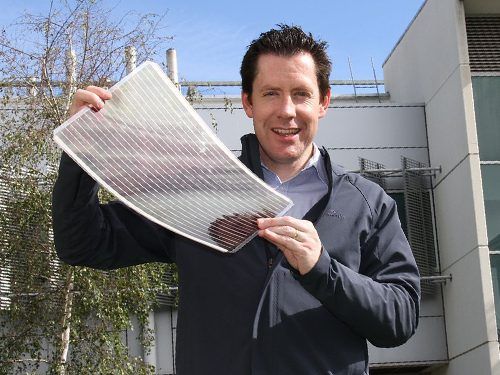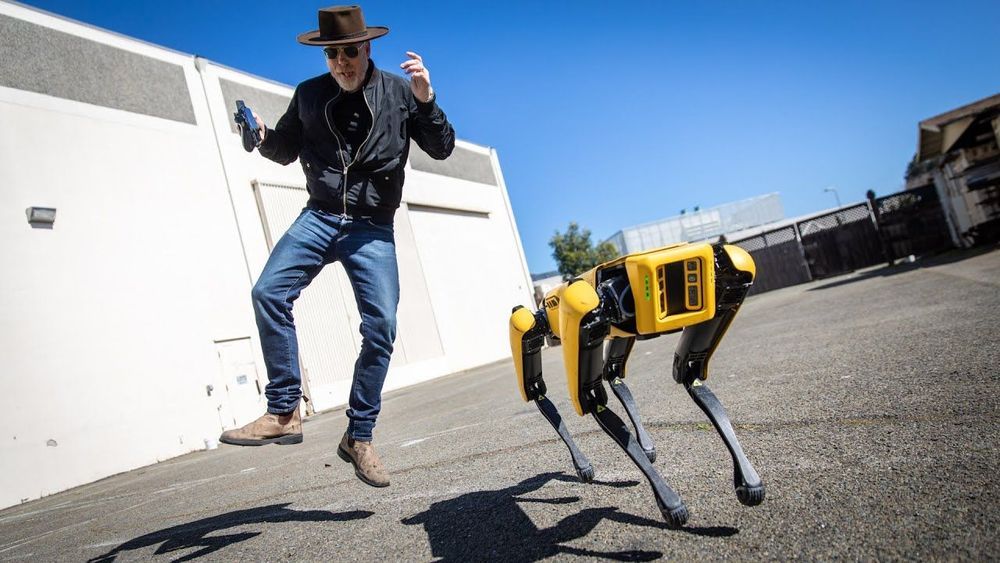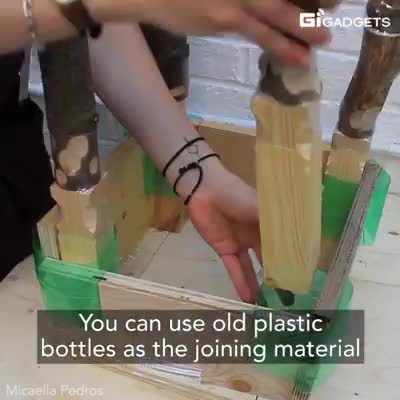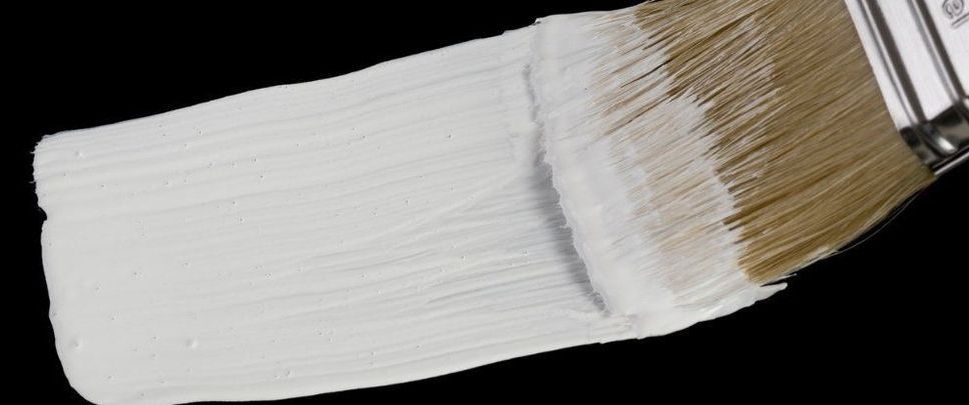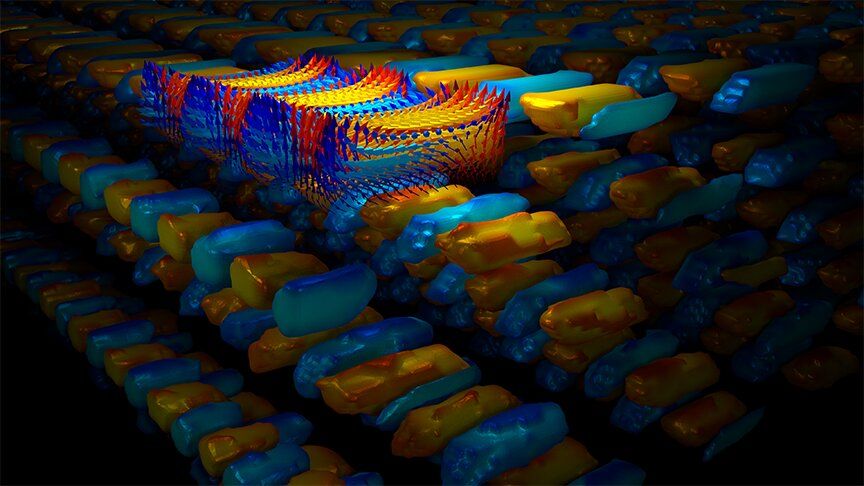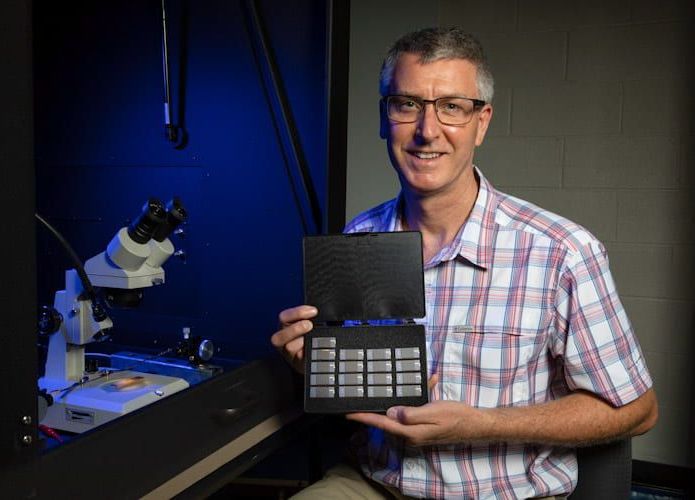The human eye does not work like a camera, contrary to common belief. Consider the following key factors:
1) Both the cornea and the lens COMBINE to give the focusing effect. Thus it is TWO lenses, not one that allow human vision. In fact the cornea is responsible for two-thirds or more of the focusing effect. The lens compounds that focusing, projecting it from past the pupil onto the curved retina at the back of the eye.
2) The eye corrects for CHROMATIC ABERATION by having a central pit, the FOVEA, where the blue cells are concentrated along the outer rim and the red cells concentrated in the center. Blue light focusses slightly closer to an objective lens and red light slightly further. Thus the red cells are concentrated further back, at the base of the pit, so that the human eye has a natural color correction without the need for complex color corrected lenses.
3) The retina is a curved “screen” at the back of the eye, allowing human vision to encompass an entire hemisphere of 180 degrees in the forwards direction. The retina is mostly rod cells except for at the central fovea, for seeing light but not color and detail, which is why it is easier to see faint objects through a telescope by using what astronomers call “averted vision,” not looking straight at it.
There are thus several factors in trying to use metamaterial lenses to create retinal projection, including:
1) Since the cornea is curved, a tailored curved contact metalens, instead of a flat metalens is ideal.
2) That lens must be able to project a wide-angled view through the lens of the eye, in such a way that the lens distributes the image widely onto the curved retinal screen.
3) If using a third exterior projection system onto that metalens, as with a pair of glasses, googles, or another metalens on top of the first one, it will be a four-lens projection system: projector metalens, contact metalens, human cornea lens, human eye lens. These elements will have to be coordinated into a single system with the final effect.
4) This metalens-human-lens system must focus a great deal of the light onto the fovea. Taking advantage of the fovea’s inherent color correcting power, the system need not necessarily correct for chromatic aberration. It could focus the blue light to the blue receptor cells and the red light to the red receptor cells.
5) If the metalens DID correct for chromatic aberration, it is hypothetically possible that a color corrected system would enable the portion of the retina which is largely devoid of cone cells to see more clearly. That is, although rod cells only see in black and white, and only see brightness and darkness, the blue, yellow and red light is still not at a single focus when it falls on these cells, leading to an inherent blurring effect. Although these cells would not see this as chromatic aberration, since they do not see color, they would still experience the blurring. Thus, people with partial blindness from degeneration of the fovea might be made able to see more clearly although only in black and white.
6) Finally, since each human eye is slightly different, each must be measured. The diameter, curvature of the cornea, lens, retina need be taken into account for each individual. This is no different than getting prescription glasses which must be tailored to each individual eye. Contact metalenses must then be printed with the unique requirements of any particular pair of eyes. –Jeremy Batterson 10/22/2020.
